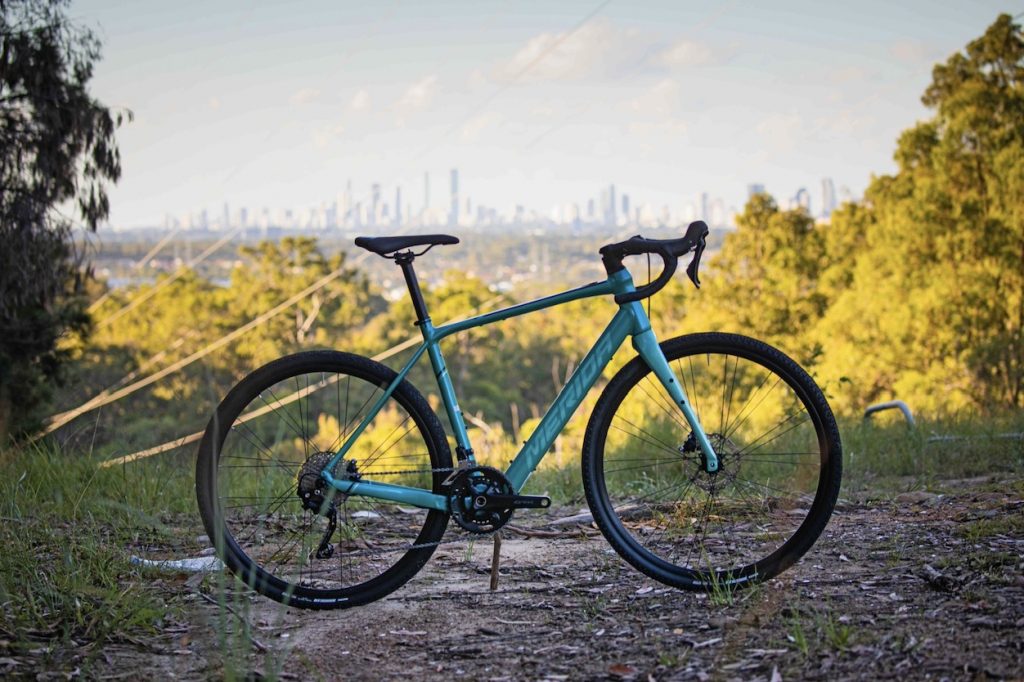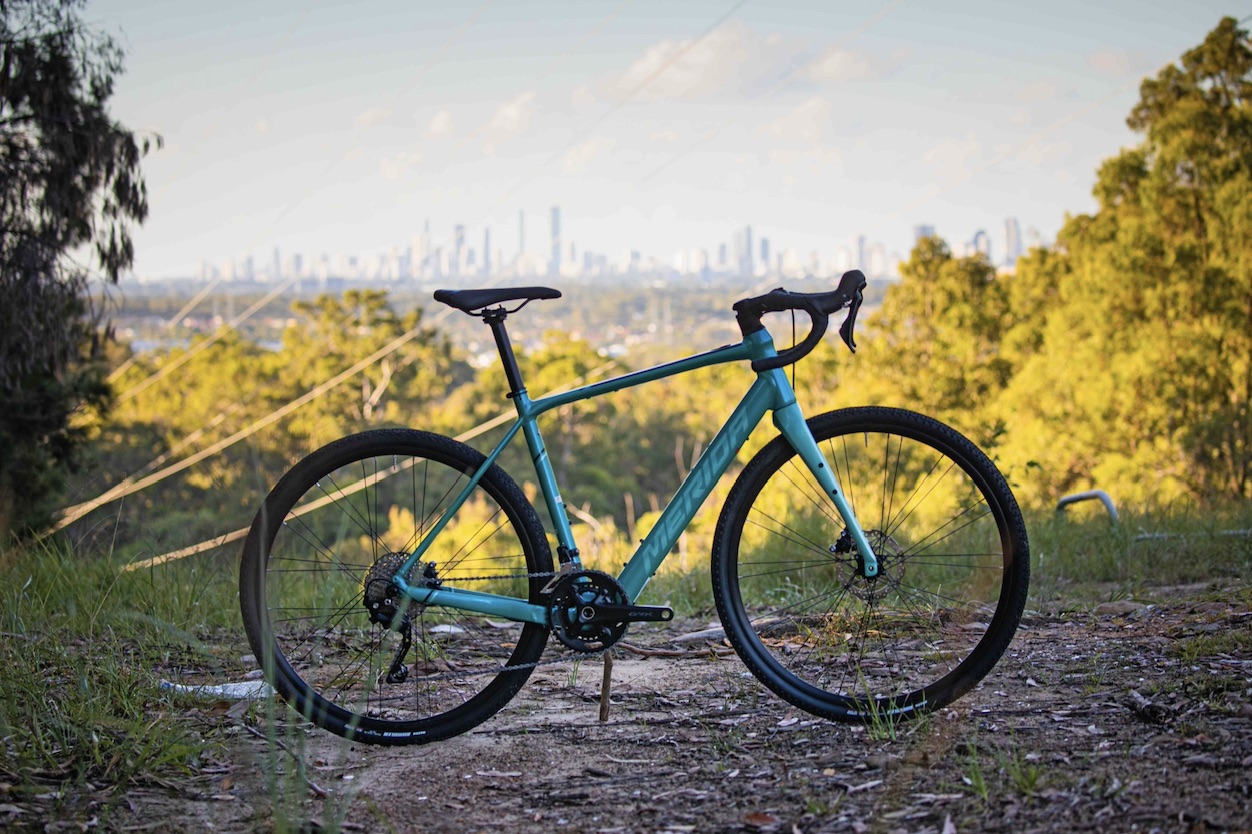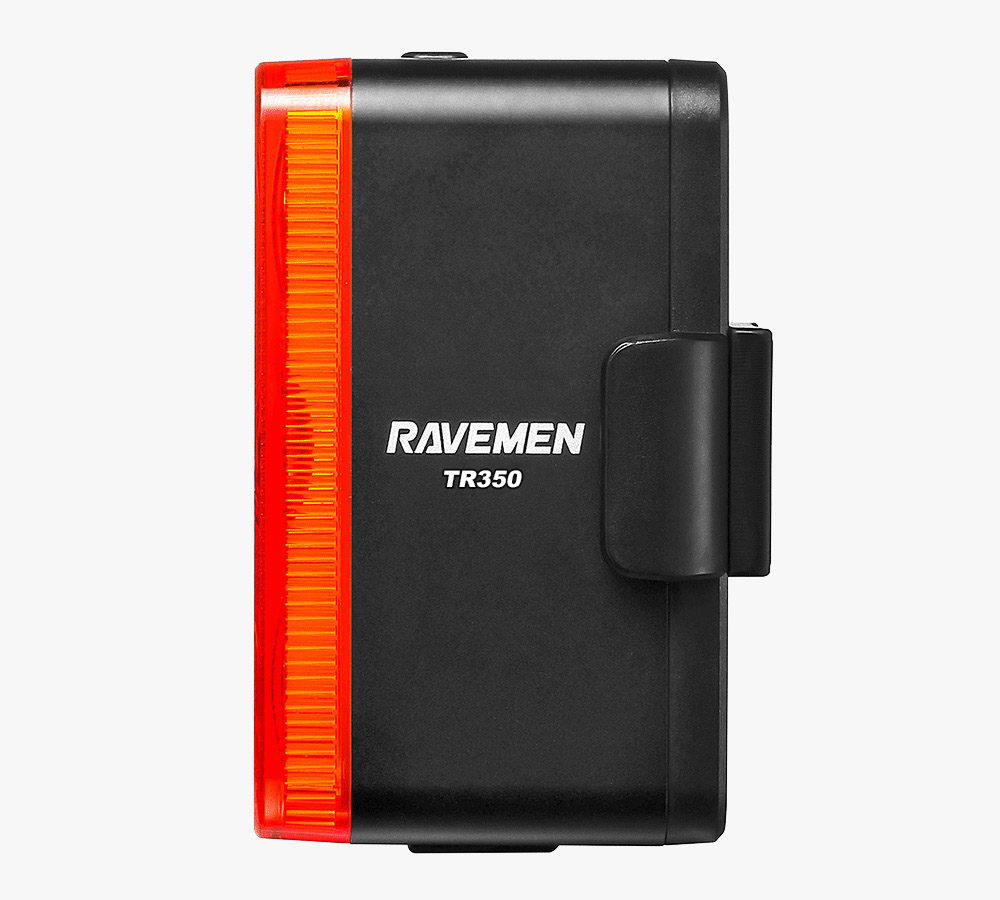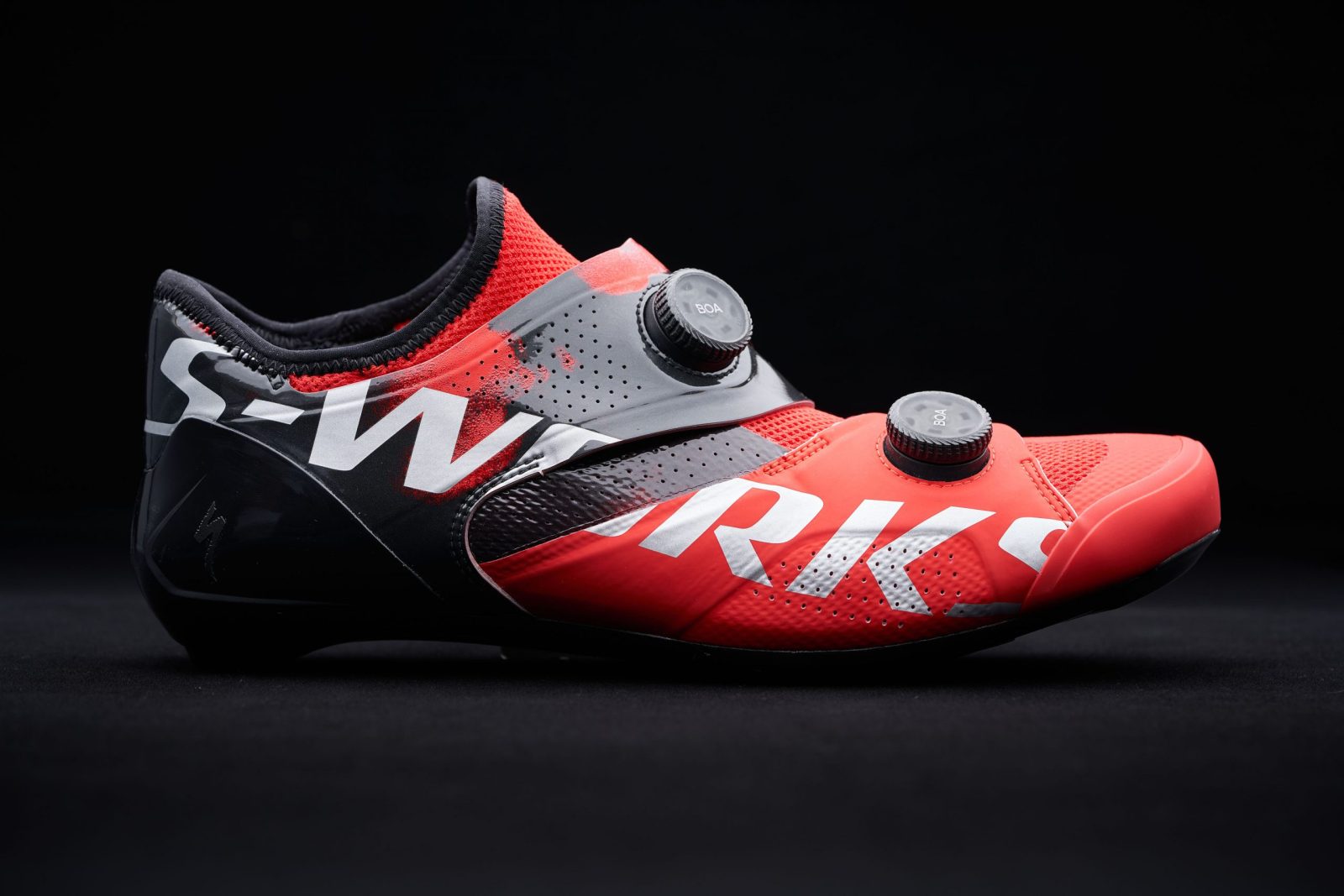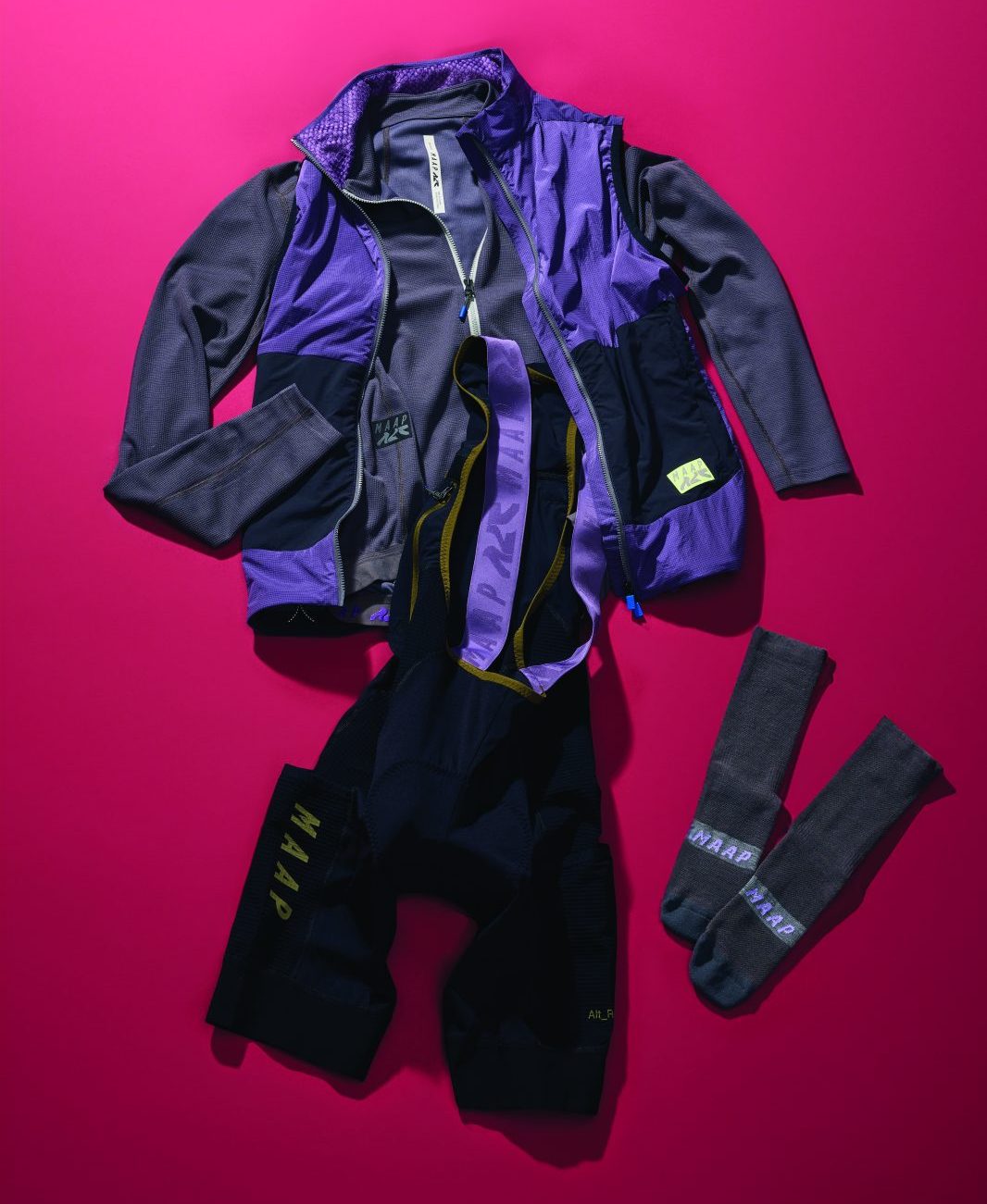Suitable to multiple trails, Merida’s e-gravel bike shines with impressive all-round abilities at an undeniably attractive price point.
Words and photography: Colin Levitch
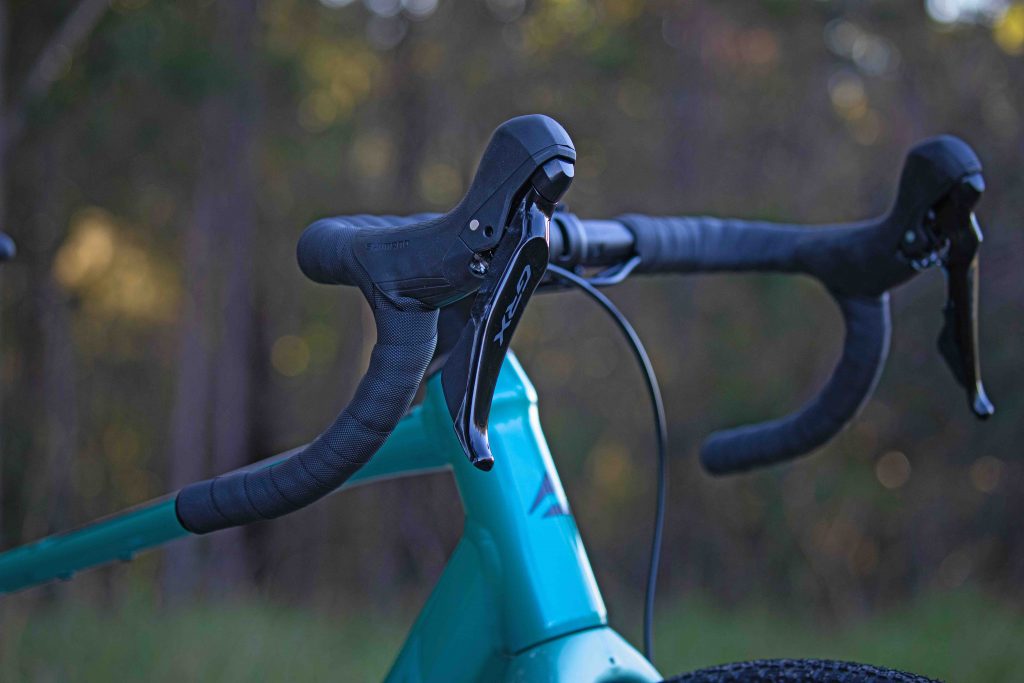
Merida eSilex 4000
Price: $4,499
merida-bikes.com
Merida’s eSilex is a bit like your mate who is the perfect multi-day backpacking companion. The one who’s always up for an adventure and will even take on some of the weight from your pack when you get a stitch – and who always remembers to pack the whisky for camp cocktails.
The brand’s first assisted multi-surface gravel bike, the eSilex isn’t based around a snappy race bike, nor is it a singletrack basher designed to crush berms and drops. It’s a bike you’d take out for a big ride, maybe an overnighter, and enjoy the scenery in no particular hurry. There’s more room for luggage on this bike than a 747, bosses on both fork legs and all over the mainframe.
It’s this ‘see what’s on the other side of the hill’ character that makes the Mahle Ebikemotion X35+ hub an ideal e-bike platform for the eSilex’s intended purpose. The Ebikemotion unit doesn’t have the jarring power that some of the Bosch and Shimano motors do; it feels more like having a healthy breeze at your back, even at full blast. Even still, you can motor up moderate climbs at the speed of a WorldTour rider without breaking a sweat. But, as those climbs turn more into goat tracks and the gradient moves into the double digits, you’ll find the limits of its power.
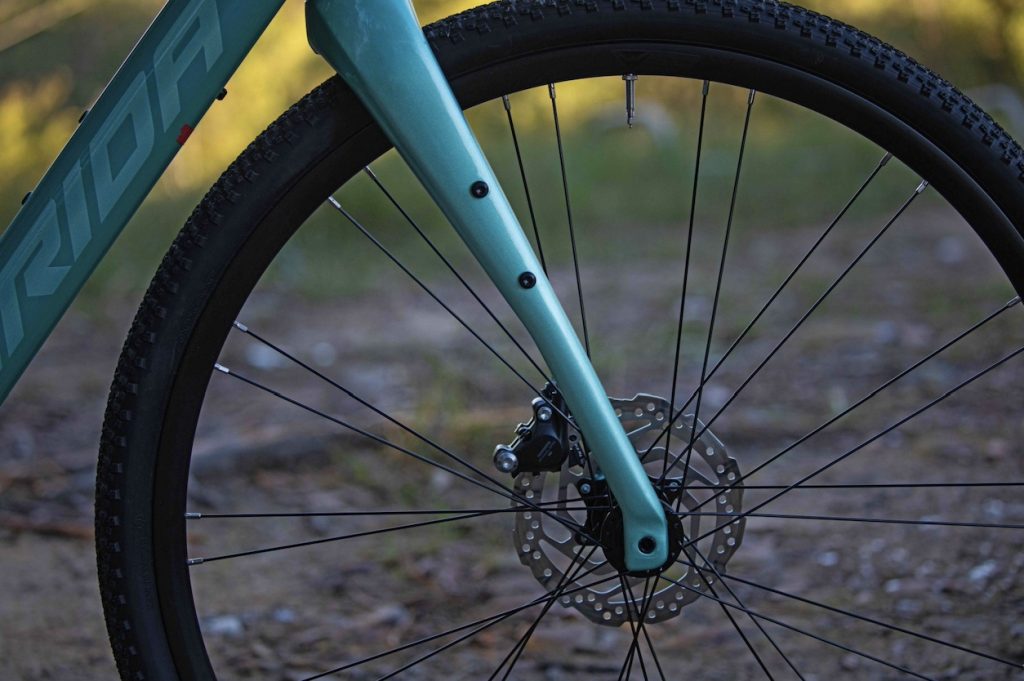
Horses for courses
The motor is integrated into the rear hub and the 250Wh battery is hidden inside the downtube, so the only giveaways that this is, in fact, an e-bike, are the charging port above the bottom bracket and the iWoc controller on the top tube. The X35+ system is the brand’s latest update, and now you can customise the assist levels through a companion app, or even pair it with a heart rate monitor to only give you that extra kick of turbo mode when your heart rate hits zone five.
At either end of the speed spectrum the motor applies the pressure in a linear fashion and it doesn’t feel as though you’re riding off a cliff when you hit the speed limit, nor are you roosting a cloud of dust from the rear wheel when you jump out of the saddle. This is important, especially with rear-hub-driven e-bike systems as grip can be an issue, especially on low traction climbs.
The motor itself will generate 250 watts of power, 40Nm of torque, and doesn’t generate much drag when disengaged. The controller on the top tube cycles through each level of assist, and multi-coloured LEDs let you know the mode. It’s a clean solution, no doubt, but to cycle through the levels of assist you have to take a hand off the bars, which can be difficult when terrain gets woolly.
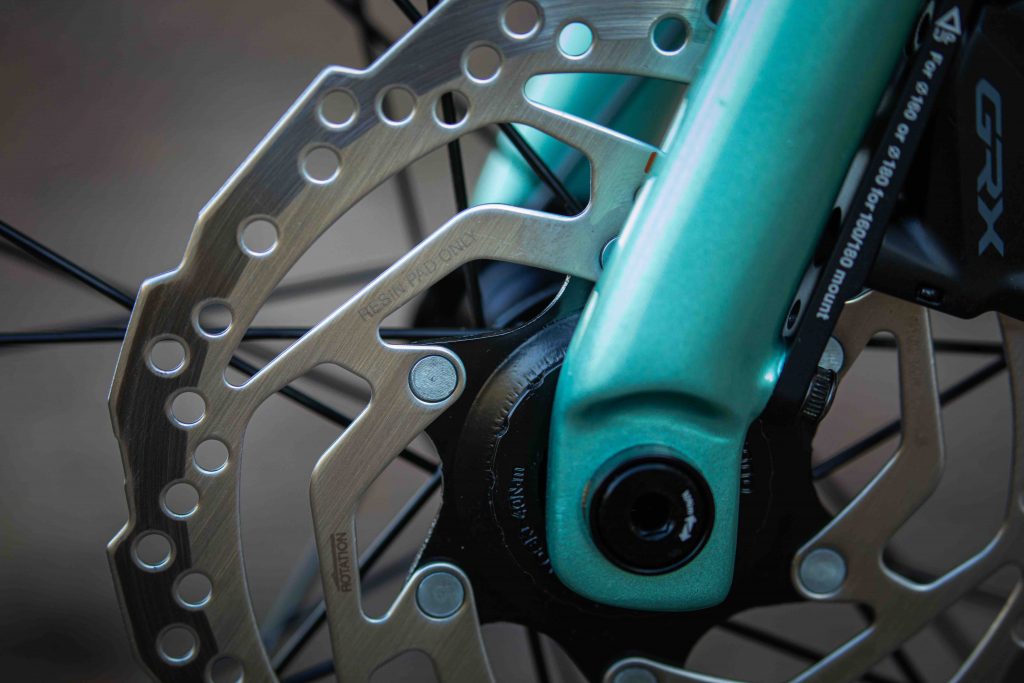
While the eSilex shares its name with the brand’s gravel platform, the Silex, these two bikes are completely different beasts (and that’s ignoring the addition of the motor, of course). The non-assisted Silex has mountain-bike-inspired geometry, while the eSilex is a bit more conservative with shorter stack and reach, and longer chainstays – though the head angle is slacker and the stem is short.
With that, the eSilex wants to cruise along and enjoy the scenery, and it’s not a bike that rewards aggressive riding. The eSilex is vocal about this point; venture into rough and rowdy terrain and the front wheel tends to become unsettled, leading to a few brown-bike-pants moments over my test period. That said, on smoother gravel and through loose switchbacks, the longer wheelbase is confidence-inspiring and stable at speed. I tested the eSilex with 700c wheels and tyres, but it can also be run with 650b wheels and wider 47mm tyres, which should help the rough road capability.
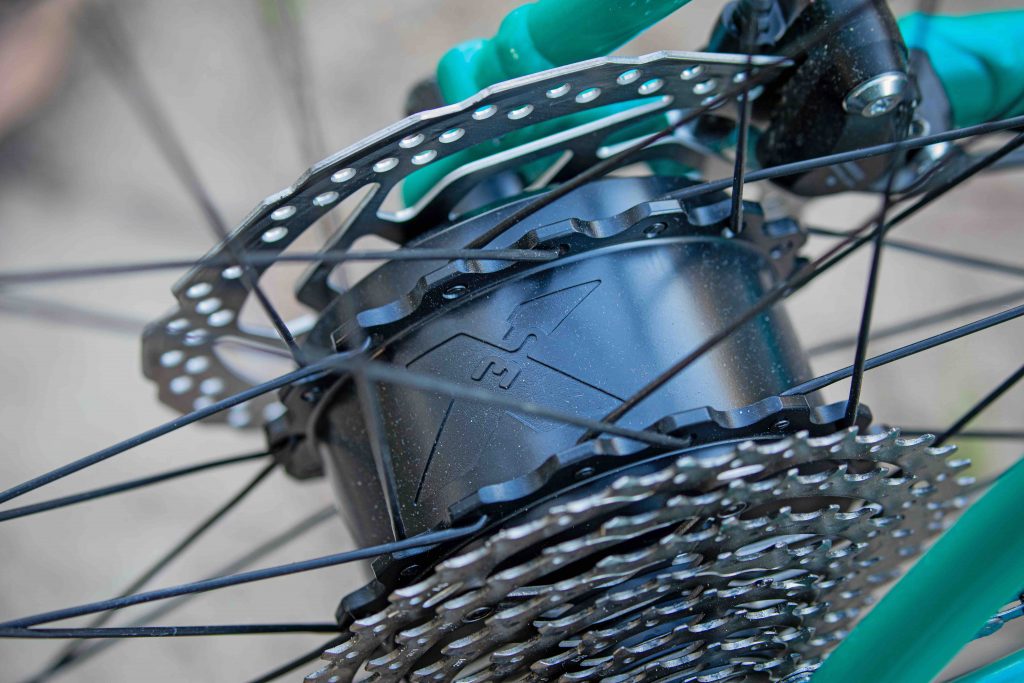
Pull up on the reins
Made from aluminium, the frame is stiff and doesn’t bend to pedalling or when it’s on edge, pushing the side knobs of the 40c Maxxis Ramblers into the ground clawing for traction. That same stiffness rears its head when you hit square edges likes roots and rocks, transmitting the shock to the touchpoints. For what it’s worth, I didn’t test this bike out loaded up with luggage, and some of this in-built stiffness would mellow out with an extra 10kg of weight bolted to the frame.
Speaking of weight, in this build, without bottle cages or pedals, the eSilex tipped my scales at 14.1kg. While this might seem heavy in the context of drop-bar bikes, a mid-spec full suspension alloy XC mountain bike like the Trek Top Fuel weighs 12.8kg.
The carbon fork’s backswept legs promote compliance, providing noticeably more damping than the frame itself, and the vibration can feel a little unbalanced when things get really rough.
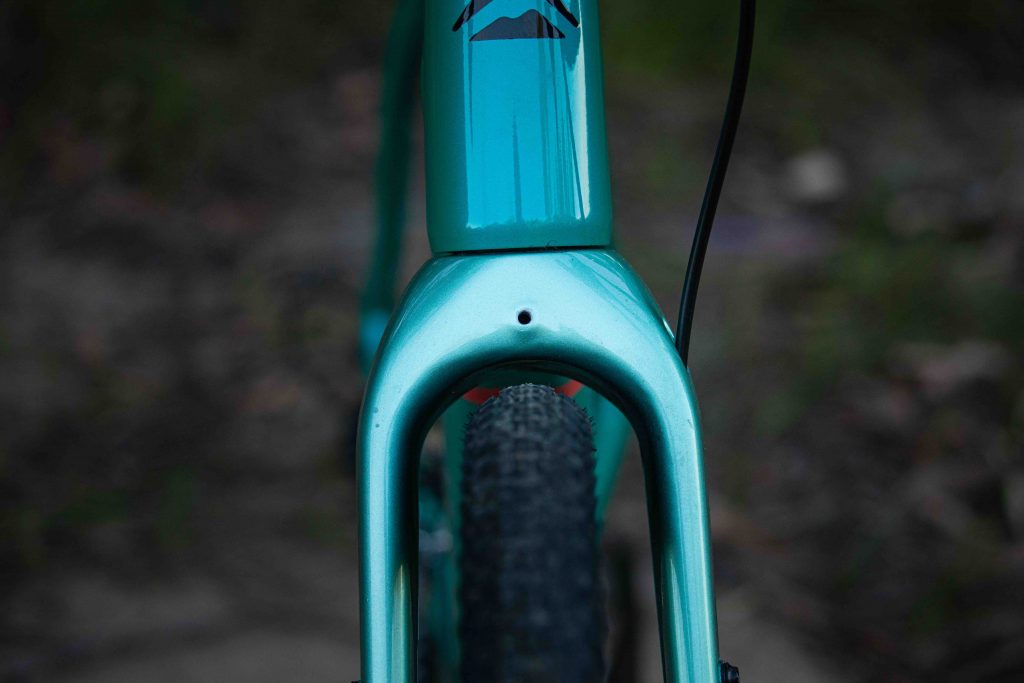
Merida opted for a 2x GRX 400 groupset, and my size M tester had 172.5mm cranks, with 36/40t chainrings and a 36-11t cassette, meaning a one-to-one ratio for when things get really steep. The mechanical shifting is flawless as we’ve come to expect from Shimano, but I did miss the grippy coating that features on the GRX 600 brake levers.
Speaking of the brakes, the GRX hydraulic callipers are wonderful and capable of creating oodles of power and finite modulation, but are let down by the resin-only rotors with resin pads. Product managers spec these cheap disc rotors so there’s money to spend elsewhere, but this is a money-saving area that really grinds my gears – or brakes, rather. In Australia, we don’t experience as much wet weather as other locales, so resin brake pads will suffice, but many (myself included) prefer the instant bite and power of metallic pads – especially when trying to rein in a 14kg bike. As is, if you want to use metallic pads, you’ll also have to buy a set of rotors.
The eSilex is always down for a big day out, and will happily get you there in one piece. It’s not the most exciting bike to ride – until you get into the really rough stuff – but it’ll get you out to the boonies and back with a smile on your face.
Best of all, the pricing is on point at $4,499; you’re actually getting quite a lot of bike for the money. If you’re after a long-distance adventure companion that ensures there’s always a tailwind – or feels like it at least – the eSilex won’t leave you stuck in no man’s land.
